Every time there is an aviation accident, one of the first items to be analyzed, given its immediate availability, are the voice communications between air traffic control (ATC) and the aircraft involved in the mishap. Internal communications between the pilots are not public. They are stored in the now-famous black boxes and are only available after the National Transportation Safety Board (NTSB) and the Federal Aviation Administration (FAA) have exhaustedly analyzed the contents and are ready to disclose possible causes for each occurrence.
As we look into the future integration of crewed and uncrewed aviation in the National Airspace System (NAS), the question is, “Will remote pilots have access to voice communications with ATC?”
This is a somewhat controversial issue given the low quality of some of these communications and the possibility for human error and misinterpretation of instructions. We all hope that uncrewed aviation will be relying more on smart systems and electronic decision making based on artificial intelligence (AI) and ever improving detect and avoid (DAA) systems and tight coordination with uncrewed traffic management (UTM).
But let us face it, uncrewed aviation is rarely completely non-piloted. On the contrary, it will be - at least at the beginning - remotely piloted or supervised, as each fight crosses the ski and navigates the crowded NAS. So, is it a good idea to add voice capabilities to this remote pilot in case he/she needs to communicate with ATC?

For the answer to this question, we reached out to Kevin Steen, CEO of AURA Networks Systems for a fascinating conversation about the nature of voice communications today and the important role they play in aviation and the future integration of UAVs into the NAS.
“We at AURA are working hard to improve qualitative and quantitative measurements of voice quality, intelligibility, and end-to-end latency, with emphasis in our unique ability to meet the voice latency requirements of RTCA,” Kevin said. “The air transportation industry’s independent Standards Development Organization works with the FAA to develop comprehensive, industry-vetted recommendations for technical performance standards and the operating environment for those standards. Command-and-Control Communications Service Providers (C2CSPs) like AURA must meet extremely low-latency metrics to ensure air traffic controllers can communicate clearly with remote pilots on the ground, minimizing the risk of communication delays or overlaps.”
When asked the question of how AURA’s technology will make the addition of uncrewed aviation to the NAS safer, Kevin was explicit in his answer:
“Our network is specifically designed to provide C2 and voice services, leveraging aviation-dedicated frequencies to ultimately enable UAS to operate beyond visual line of sight (BVLOS),” Kevin said. “Our integrated solution of both the data pipe and the voice relay offers a significant advantage in meeting RTCA’s stringent voice latency requirements.”
In a recent announcement, AURA Networks made public that they had signed a contract with the FAA to be a supplier of secure and reliable communications solutions for the aviation industry. The contract, in the form of a BAA (FAA Broad Agency Announcement), is aimed at demonstrating and validating technologies in support of the safe integration of Unmanned Aircraft Systems into the NAS. The tests will be taking place at the Northern Plains UAS Test Site- NPUASTS.
“We are honored to be selected by the FAA for this crucial project,” said Kevin proudly. “Our innovative communications solutions, built on our licensed spectrum, are designed to ensure the highest levels of safety, security, and reliability for both crewed and uncrewed aircraft. This project will allow us to further demonstrate our capabilities, particularly by providing a voice relay that enables a remote pilot of an uncrewed aircraft to communicate with ATC as if onboard the aircraft, a critical factor for safe and effective airspace integration. This award represents a significant milestone in our ongoing efforts to support the entire aviation ecosystem while enhancing airspace management.”
NPUASTS will work closely with AURA as the UAS will be using the Test Site’s Nationwide Certificate of Authorization to demonstrate the company’s voice capabilities within the project. Flights are planned in Mayville, ND, approximately 40 miles south of Grand Forks Air Force Base.
AURA will provide a voice relay that enables a remote pilot of an uncrewed aircraft to communicate with ATC as if onboard the aircraft, a critical factor for safe and effective airspace integration. Its network is designed to provide command-and-control and voice services, leveraging aviation-dedicated frequencies to enable BVLOS UAV flights.
“Our work with NPUASTS offers unparalleled opportunities to test and refine our communications solutions in a controlled yet expansive FAA-designated test environment,” said Kevin. “We are eager to demonstrate how our technology can support the broader commercialization and safe operation of UAVs across the nation.”
Kevin highlighted the company's investment in developing core technologies that enhance airspace awareness capabilities. While they are still working on fully integrating these systems, their efforts focus on creating a sensor technology that augments today’s ADS-B and radar feeds. The goal is to ultimately enable automated decision-making and proactive avoidance measures. This complementary approach aims to improve future airspace safety and ensure seamless integration of both cooperative and uncooperative UAVs into the national airspace.

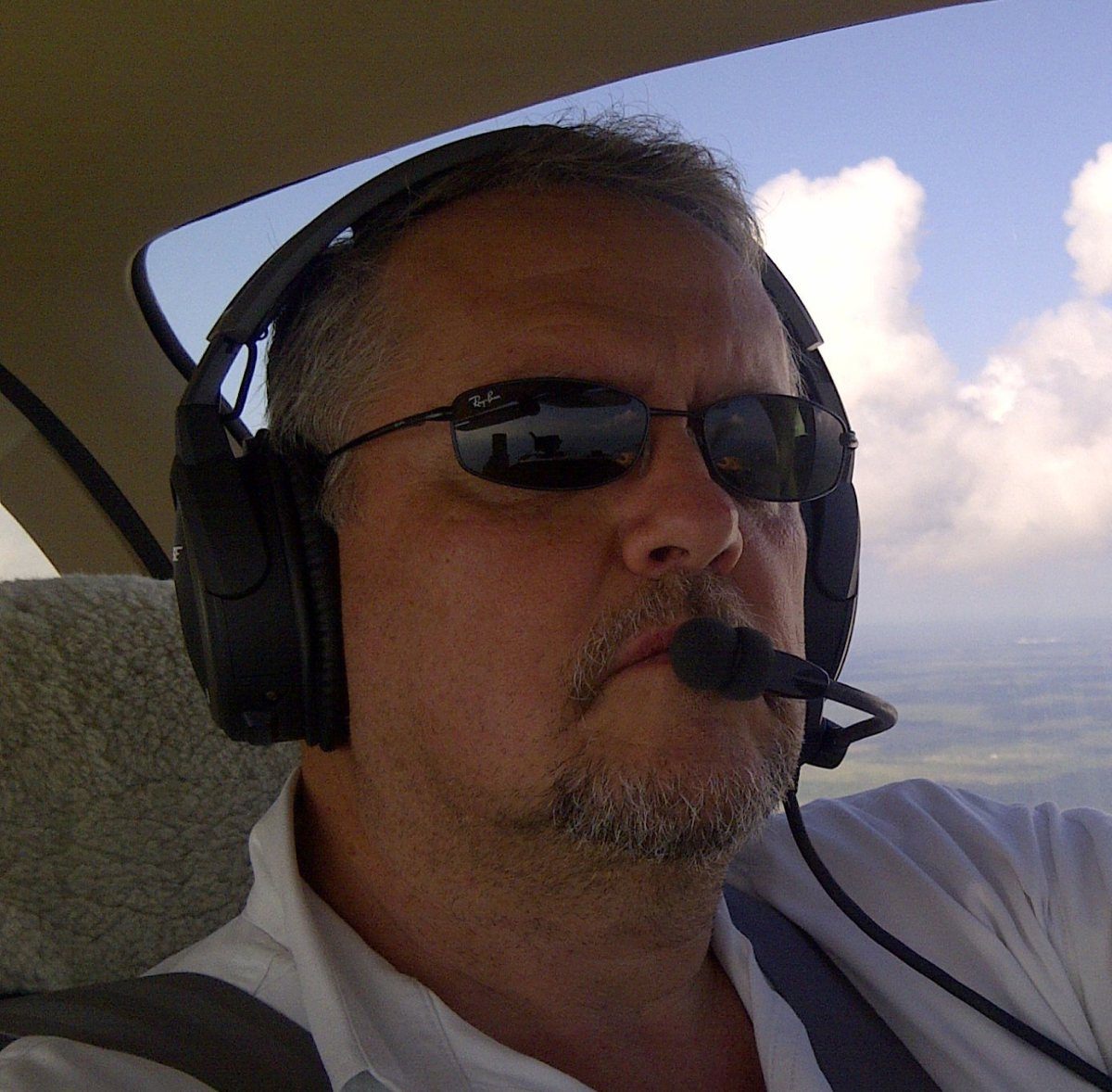
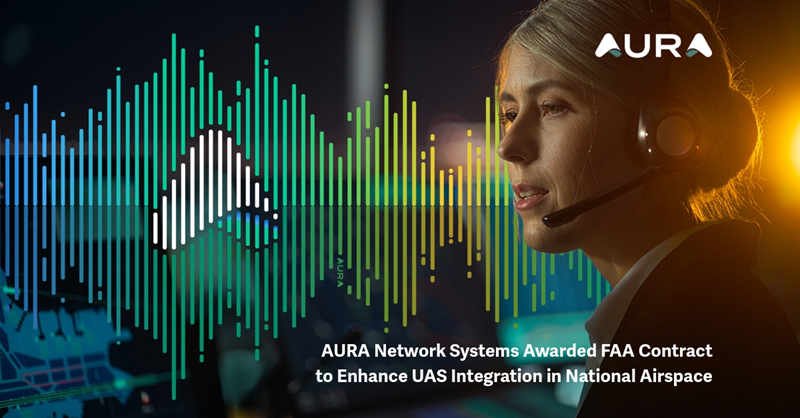

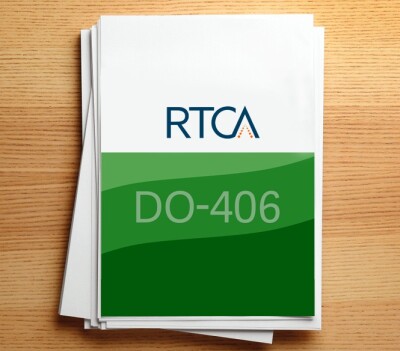
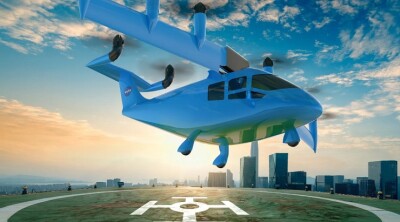
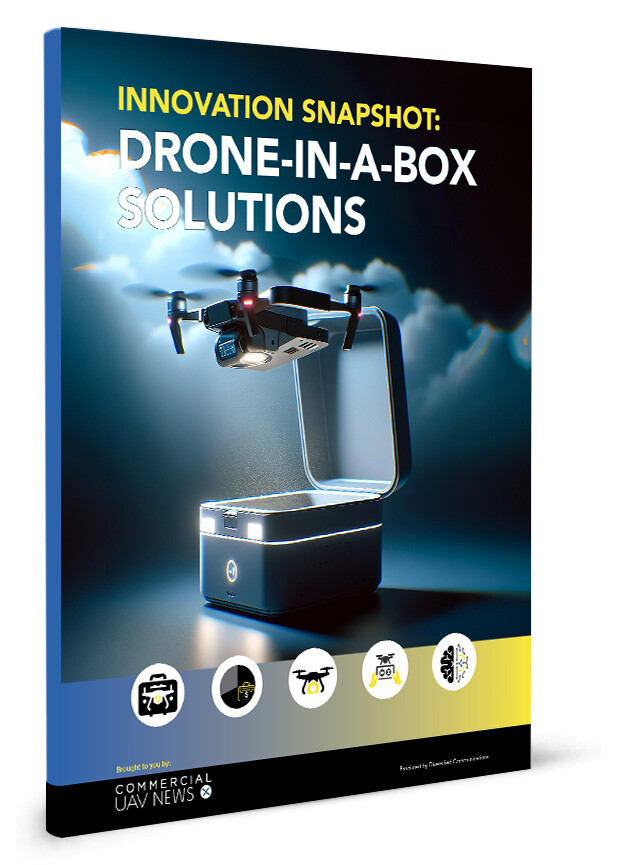





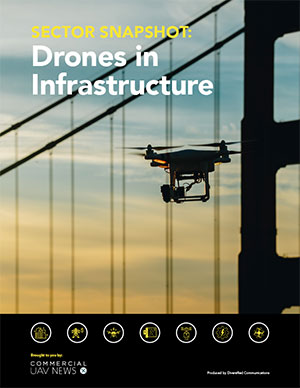
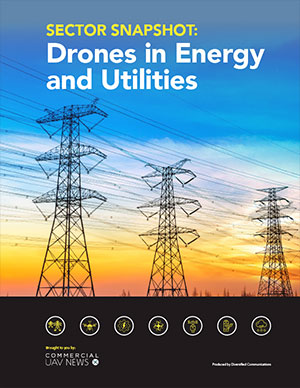
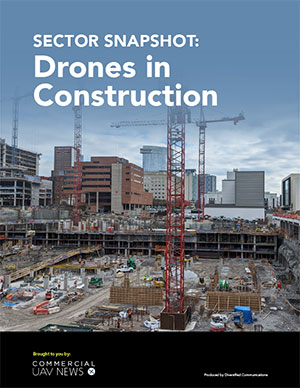
Comments